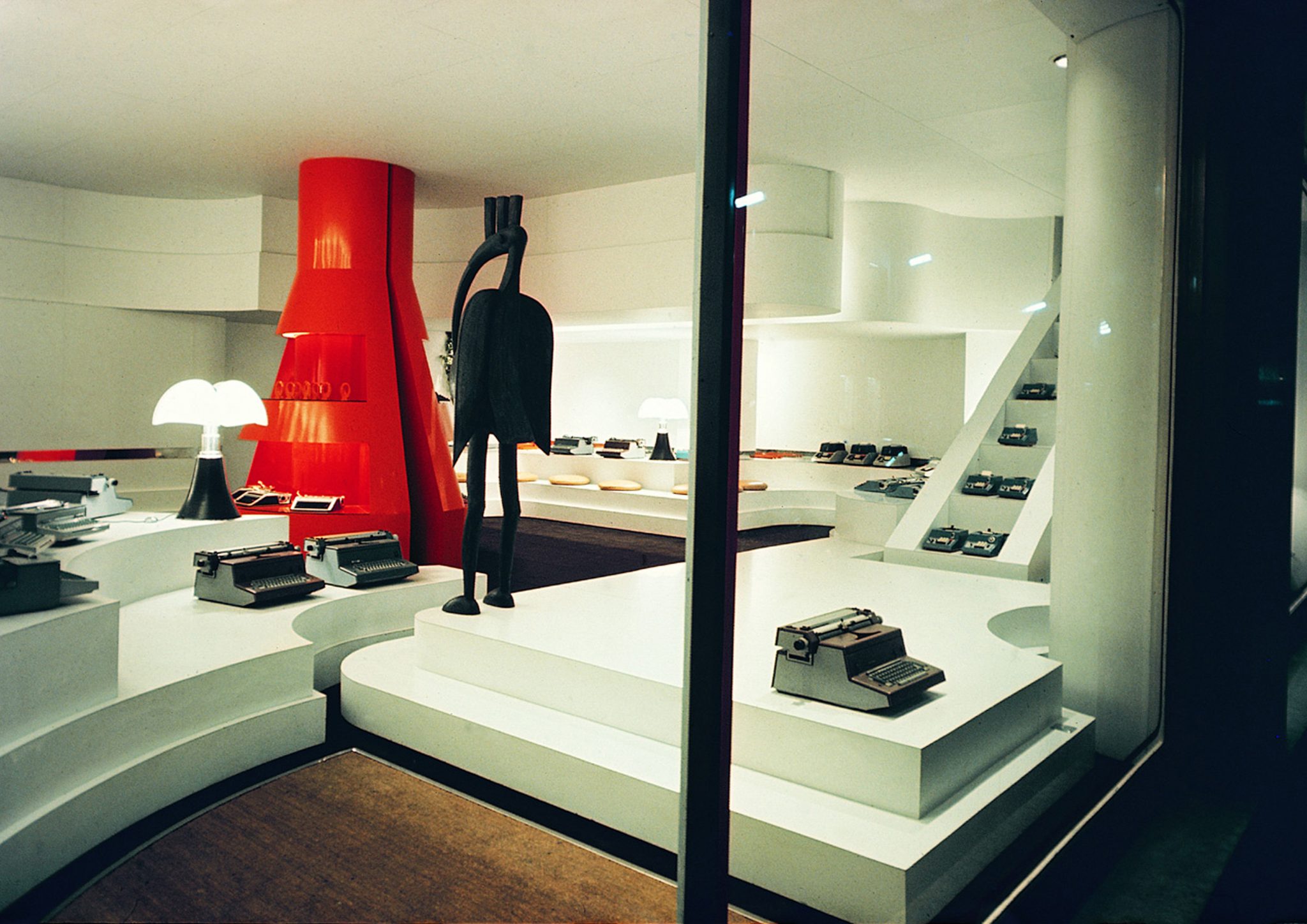Until October 2020, the Vitra Design Museum hosts an exhibition dedicated to the versatile architect and designer
Gae Aulenti is one of the most influential architects and designers of the post-war period. As early as the 1960s, her iconic creations played a vital role in Italy’s global dominance within the field of product design. The Italian designer became internationally renown for her transformation of a Parisian train station into the Musée d’Orsay (1980–1986). However, she also realized over 700 projects.

The Vitra Design Museum of Weil am Rhein (Germany) celebrates her talent with ‘Gae Aulenti: A Creative Universe’. The exhibition explores Aulenti’s multifaceted body of work, which encompasses architectural projects together with design objects as well as interiors, set and costume design. The Vitra Schaudepot will present roughly 35 items from across her career, complemented by photographs, sketches, and drawings, as well as a slideshow, documentary films, and interviews. Many of them on loan from the Gae Aulenti Archive in Milan and other lenders. The exhibition opens with Aulenti’s early designs for Poltronova. These include her first item of furniture, ‘Sgarsul’ (1962) and her garden furniture series, ‘Locus Solus’ (1964). The products she made for FontanaArte show her use of diverse materials and her innovative approach to her work. For instance, the top of the ‘Giova’ (1964) glass lamp may be used as a vase.
The exhibition ‘A Creative Universe’ also includes a selection of the Italian designer’s lesser-known works, such as vases for the Murano glass manufacturer Venini from 1995 to 2008, and ‘Toaster’ (1996) and ‘Blender’ (1998) for the electronics manufacturer Trabo.
These works reveal Aulenti’s immense versatility and her great sensitivity to the unique needs of each situation. Aulenti was less interested in maintaining a homogeneous style than in providing visionary solutions to problems. Nevertheless, almost all of her designs share a striking formal language and emblematic silhouettes. Her objects arrest the eye and remain unforgettable.
Ilona Catani Scarlett
Cover ph: Courtesy of Archivio Gae Aulenti, photo: © RM

